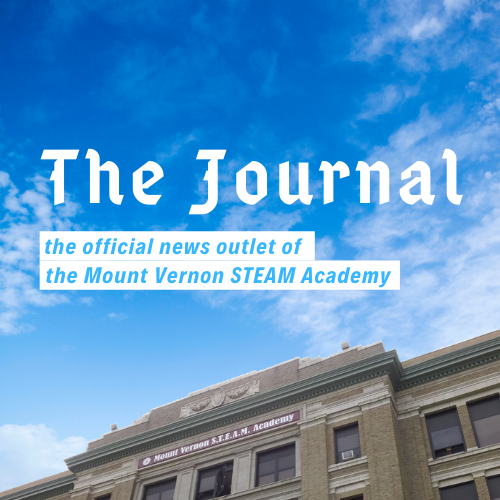Race for Student Government: The A.P.P. strategy for a successful pandemic election campaign
- The Journal MVSA

- Oct 31, 2020
- 3 min read

This article is part of our Election 2020 coverage, which includes the federal presidential and congressional election as well as the New York State Senate and State Assembly election and the school student government election.
Disclaimer: Student editor-in-chief Bryan Santiago served as president for the Class of 2022 student government during the 10th grade 2019-2020 year.
★ ☆ ★ ☆ ★ ☆ ★ ☆ ★ ☆ ★ ☆ ★ ☆ ★ ☆ ★ ☆ ★
☆ ★ ☆ ★ ☆ ★ ☆ ★ ☆ ★ ☆ ★ ☆ ★ ☆ ★ ☆ ★ ☆
(MOUNT VERNON, N.Y. / The Journal) — Not much is known about the upcoming student government election, aside from the fact that it will be carried out entirely online due to the COVID-19 novel coronavirus pandemic and that the same policies of respectfulness and a ban on attacks against fellow candidates from previous elections will be brought over to oversee this year's numerous campaigns. Teacher David Woolley, who does history and AVID elective (who is also a faculty advisor of The Journal), is the school-wide elections administrator and is keeping secret the number of students who have filed for candidacy as well as the current makeup of each race. Remember, this is the first school year in which all four graduating classes (9th, 10th, 11th, and 12th grades) will have races in each of the four student government positions for class president, class vice president, class secretary, and class treasurer.
This A.P.P. strategy laid out here is the result of historic analysis of prior student government campaigns (both winning and losing efforts in the past few years that have been great examples of this strategy) as well as taking into account the current remote learning environment and circumstances caused by COVID-19. Here's how it works:
★ A is for ALLIANCE ★
Student candidates are likely to know that their friends or fellow classmates are running in the same grade races. Therefore, if it suits both themselves and their friend(s), there may be some mutual endorsements in a campaign alliance which could turn into a future government coalition, in the event that they do win their respective races.
★ P is for PLATFORM ★
Student candidates are going to have to take strong positions on issues close to their fellow students who are the voting constituency they hope to represent in government. The platforms they center their campaigns on have to be memorable and straightforward while also connecting to each individual as they try to earn the votes of their fellow students.
★ P is for PRESENCE ★
Student candidates are going to have to campaign like never before due to the pandemic. Instead of hanging posters, organizing events in the cafeteria or library, and speaking to their fellow students in class periods, they will be likely organizing group Zoom calls, managing specialized social media feeds, and shooting videos of themselves explaining their candidacy to the general student body (like a quick, one or two minute "elevator pitch" about themselves as a person and why they're in the race). Their presence out there on a virtual campaign trail will really be the key to their voting results because if a candidate doesn't connect to interested voters, the voters therefore see no reason to choose that candidate as a suitable officeholder.
It still remains to be seen how this election will turn out with no set campaign period called yet and what forums or debates, if any, will be held as a public service to the voters who will get to know and understand the candidates and their promises for office. A target date for the vote is sometime before Thanksgiving Weekend. Last year's campaign period for the 2019-2020 school year student government was two and a half weeks, or about 12 school days.
★ ☆ ★ ☆ ★ ☆ ★ ☆ ★ ☆ ★ ☆ ★ ☆ ★ ☆ ★ ☆ ★
☆ ★ ☆ ★ ☆ ★ ☆ ★ ☆ ★ ☆ ★ ☆ ★ ☆ ★ ☆ ★ ☆
For more information and real-time updates on Election 2020, follow us on Twitter @TheJournal_MVSA.

Comments